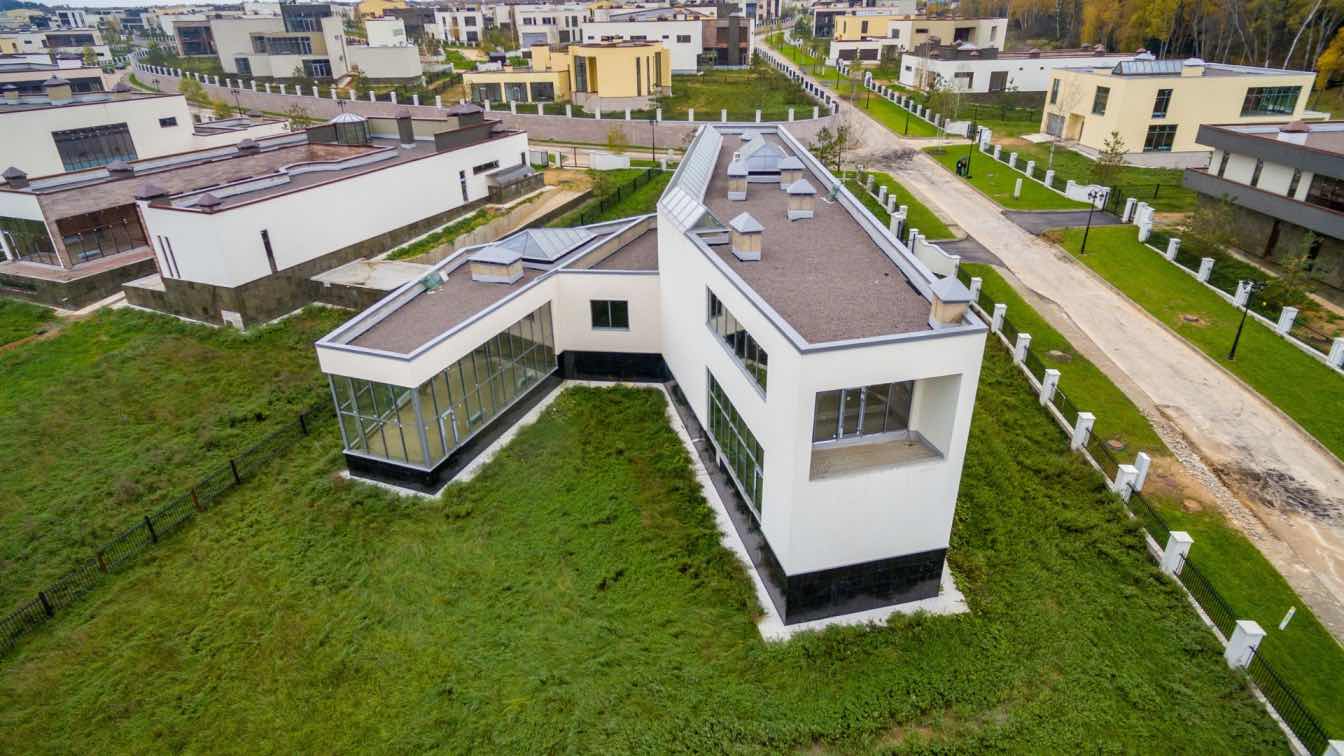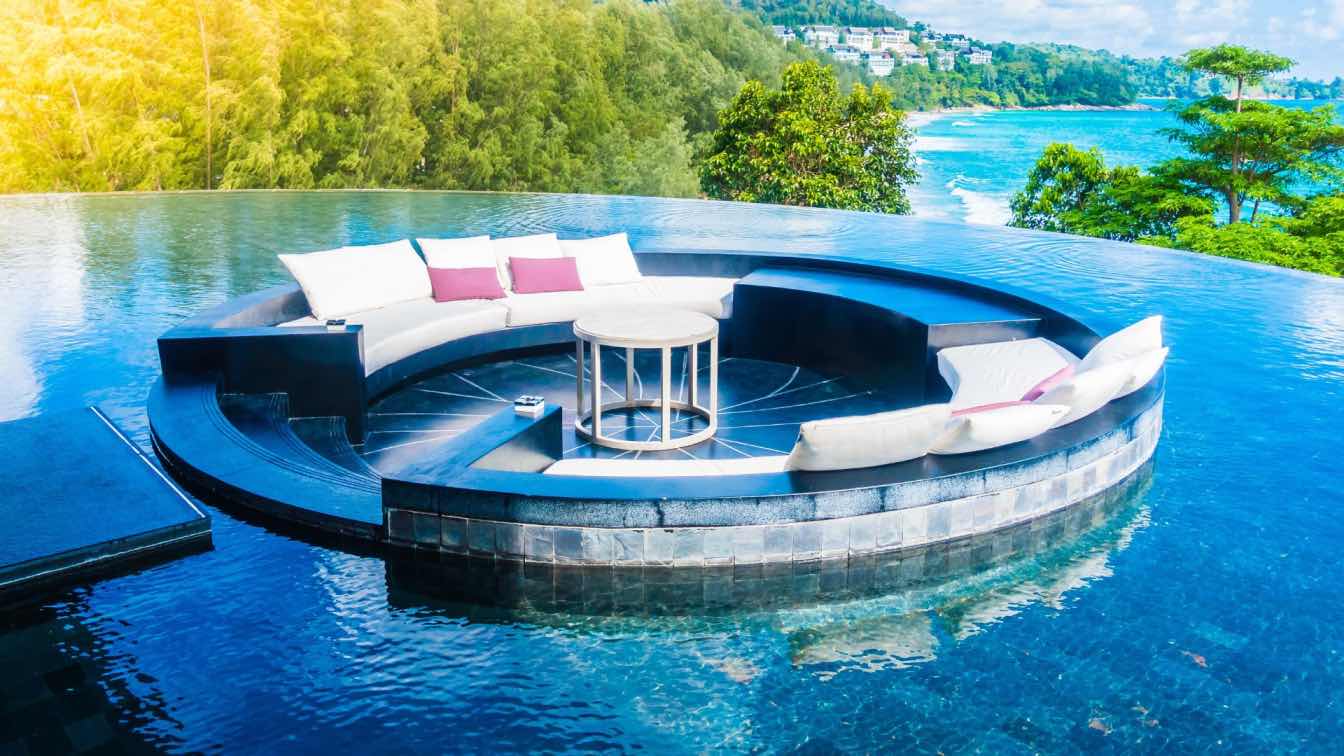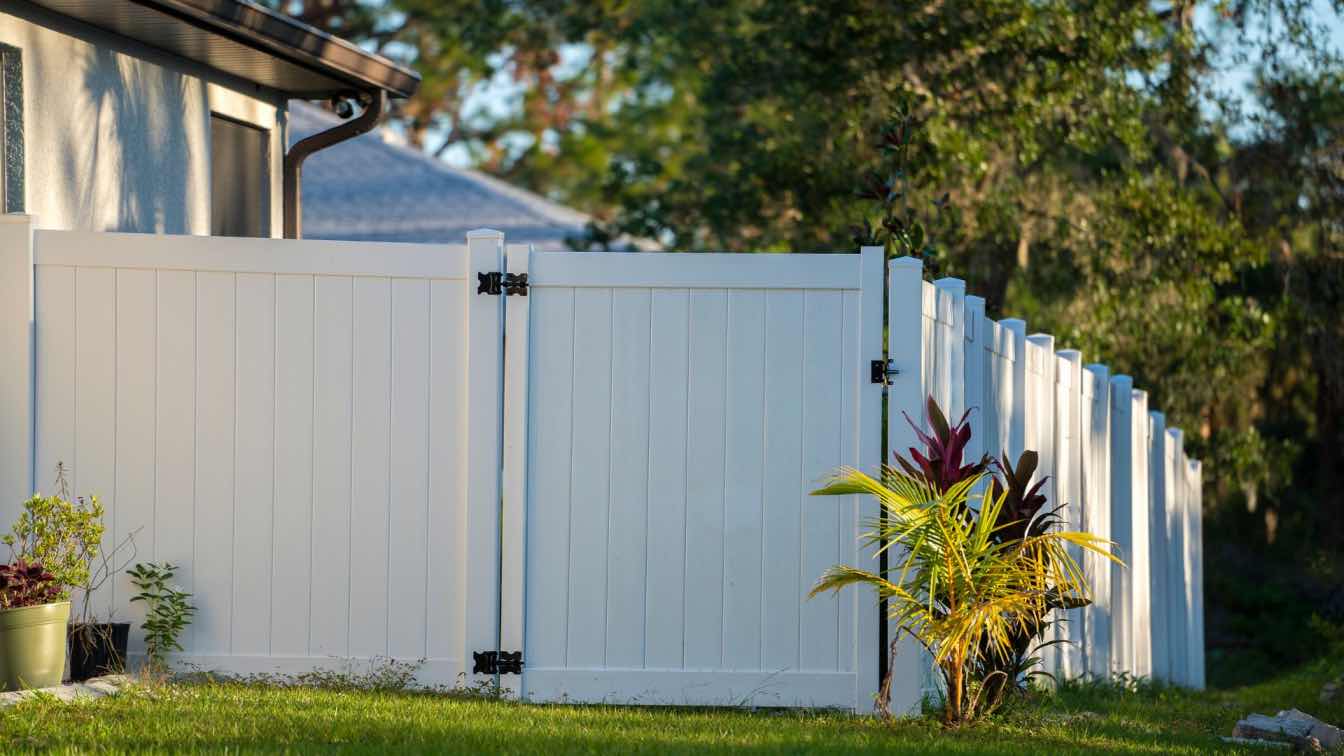Dual occupancy homes can allow for multiple different living arrangements suited to the diverse needs and living styles of modern Australian families. If you’re planning a new build or engaging in property development through the acquisition of an older building, dual occupancy planning may be the ideal solution for you.
The simple idea behind dual occupancy homes is that you’re dealing with two individual households comprising one standalone unit – or two dwellings on one lot. They can be commercially valued as two separate homes, but the external construction is connected. Looking at the property from the outside it may not always be clear that the building is subdivided, although this doesn’t have to be the case.
Thinking about getting more from your block? We’re diving into why dual occupancy homes are winning over investors, from flexible living to smarter ways to grow your property’s value.
What Is A Dual Occupancy Home?
Dual occupancy homes are a clever way to get more out of your investment, without overcomplicating things. What makes them stand out is that both living spaces sit under a single title, so there’s no need to go through the lengthy and expensive process of subdividing land. It’s a much simpler way to create two self-contained homes on the one property.
Duplexes, on the other hand, often involve separate titles, extra council approvals, individual utilities, and a bigger upfront cost. While they can offer similar rental income potential, they usually come with more red tape.
By contrast, dual living gives you two fully self-contained spaces, under one roof and one title. That means fewer hurdles and a more affordable way to bring in two rental incomes.
These homes are usually purpose-built to appeal to tenants and deliver strong rental returns - without the complexity. It’s a practical, low-fuss way to grow your property portfolio and maximise your returns from day one.
Why Smart Investors Are Turning to Dual Occupancy
1. Keep One, Rent One
Dual living homes can be entirely self-sufficient, meaning there doesn’t have to be a connecting wall or door if you don’t want one. They can act as two independent homes that simply share a roof. Alternatively, you could choose to have an internal door that is lockable, and grants entry from one unit to the other, one-way only.
However, unless you’re planning to keep the second home to rent to people you know, it’s uncommon to have an adjoining internal feature. In that sense, you’ll be building or decorating two separate homes in the style of a semi-detached property.
To pay off your mortgage faster and generate a stream of additional income, you can live in one of the properties, and rent out the other. You won’t be a live-in landlord, but you will be close enough to keep an eye on the property maintenance (and the behaviour of your tenants). This will also provide you with full ownership of the external property, cutting out potential disputes over external aesthetic changes, such as fencing or landscaping choices.
For dual occupancy homes, this set-up is very popular as a reliable model of property investment, provided your property is in an ideal location for renters.
2. Airbnb or Holiday Home Potential
Similarly to renting out one of the two homes in a dual occupancy property, you can also easily turn one into an Airbnb, or advertise it as a holiday home available for short-term or seasonal rentals.
This would involve a little more planning in terms of considered home decor, appropriate licensing and ensuring you are competent to provide a safe and hospitable service that is mediated by an external factor (the agency or company you rent out your property via).
However, utilising one property within a dual occupancy as a split holiday home (as opposed to an ongoing leased tenancy) does come with specific advantages. If you have family or friends coming to visit, you can block off those dates to provide a free and accessible place for them to stay.
When your guests have left or checked out, you can use the connecting door or gate (if you’ve installed one) to make the cleaning process much easier. Plus, if there are any problems, your guests can easily reach you.
3. Refurbish & Resell
If you’re interested in buying a larger property that needs a bit of TLC, such as homes going through the probate process or an old share house previously rented out by students, a dual occupancy build is an intelligent way to make the most of your lot. Especially in neighbourhoods with restrictions on block subdivisions, you can still create two humble dwellings for two separate households, after the acquisition of just one property.
Be prepared for an initially heavier investment for installing two separate utility functions, soundproofing walls and other elements that will create the effect of distinct households. However, once you’ve furnished your two new properties, you can put them back on the market to rent or sell as two entities.
You must make it clear in your advertisement that you are selling one half of a semi-detached or dual occupancy home to your potential buyers in order to avoid confusion (unless you’re in the rare position of attracting a buyer who is looking for two connecting homes).
4. Invest With A Friend Or Family Member
With two dwellings on one plot of land, you have the unique opportunity to split your investment (and your property) with a close family member. Dual occupancy homes are a great solution for families who want to stay close, while still enjoying their own space.
They’re ideal if you have older parents who need a little extra support. Or young adult children who want more independence. Even a sibling or close friend you’ve always dreamed of living near. Plus, you won’t have to worry about getting on with your neighbours – assuming you can live in harmony next door to your family members, of course!
You can purchase the property with even stakes, or rent out the second property to your loved one at the rate you deem appropriate. In time, keeping the second property may come in handy for providing a place for grandchildren, mutual friends or new relatives moving to the area.
Understanding the significance of property investment means recognising that sharing the cost with another invested party can make your purchase far more financially stable.
Affordable Property Investment With Dual Occupancy Homes
As we’ve shared in this article, there are many ways to turn dual occupancy dwellings into profitable investments, which present a more affordable avenue into the investment property market.
Whether you plan to refurbish and sell with two sparkling new homes, keep one for yourself and use the other as an income stream, or split the cost with a family member, having the option to ‘split’ your investment as you see fit opens up a new level of flexibility and economic security.
If you’re looking for inspiration for residential property design ahead of your dual occupancy investment project, check out our articles featuring a diverse array of styles and stunning architectural visions.





